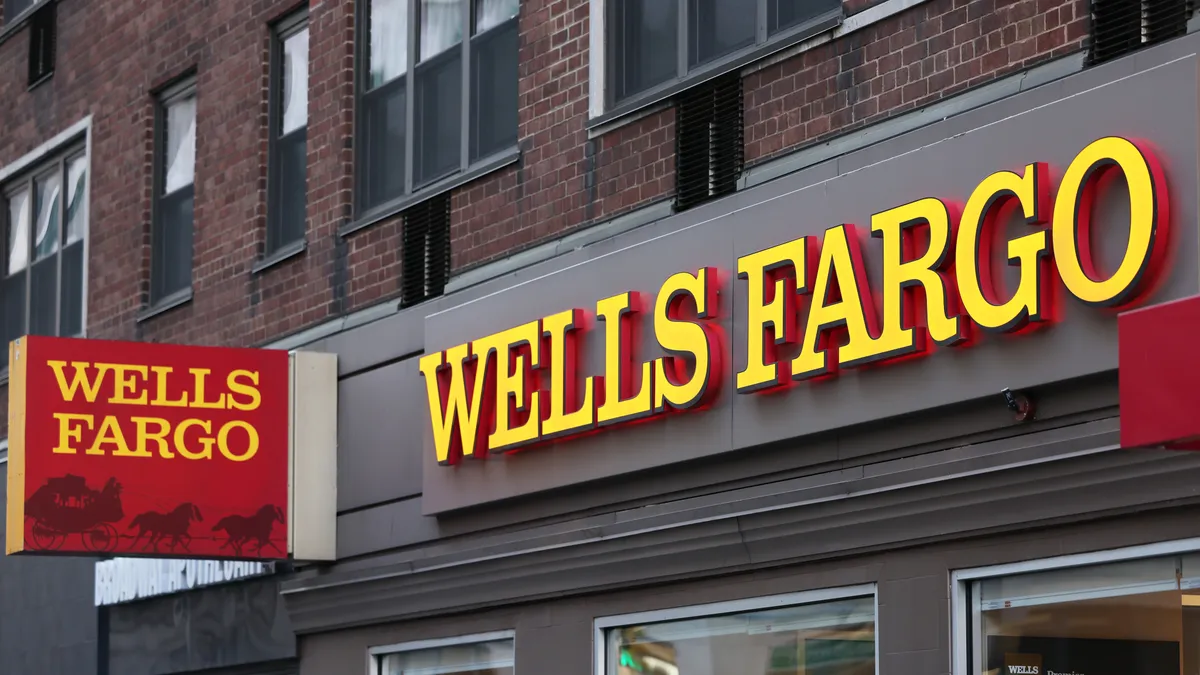Dive Brief:
- Wells Fargo’s $1.95 trillion asset cap, imposed on the bank by the Federal Reserve, could remain in place into 2025, Wells Fargo executives estimate, according to Bloomberg, which on Wednesday, cited sources familiar with the matter.
- The San Francisco-based bank has been operating under the growth restriction since February 2018, an order the central bank imposed on the lender in response to a 2016 fake-accounts scandal that has cost the bank billions of dollars in fines.
- Under the order, Wells Fargo had to adopt and implement an overhaul plan in a manner favored by the Fed. That plan was reportedly approved by the central bank two years ago. Wells Fargo is implementing the changes and undergoing a third-party review, the sources told Bloomberg.
Dive Insight:
Wells Fargo executives had once publicly predicted the bank would satisfy the Fed’s requirements by the end of 2018. But CEO Charlie Scharf, who joined the bank in October 2019, has taken a more cautious approach.
Scharf has refrained from speculating on when the cap might be lifted, and has consistently said that resolving the bank’s regulatory issues remains a top priority.
He told analysts in July that the bank still has work to do to get out from under the cap.
“We've been very careful not to put dates out there because we have to do our work and then our regulators have to take a look at it and see if it's done to their satisfaction,” he said. “We don't want to get ahead of that process, but we continue to move forward.”
The cap stifled Wells Fargo’s growth while its largest competitors — JPMorgan Chase, Citi and Bank of America — saw a swell in deposits amid the early months of the COVID-19 pandemic.
The bank’s market capitalization is less than half what it was the day the Fed penalty was imposed, according to Bloomberg.
JPMorgan’s asset total, meanwhile, is nearing $4 trillion — double Wells Fargo’s.
With 2024 being a presidential election year, top Wells executives believe it is unlikely the Fed would fast-track the bank’s approval process, sources told Bloomberg. Rather, the bank’s top executives believe the first quarter of 2025 will be the earliest the sanction could be lifted, sources told the wire service.















